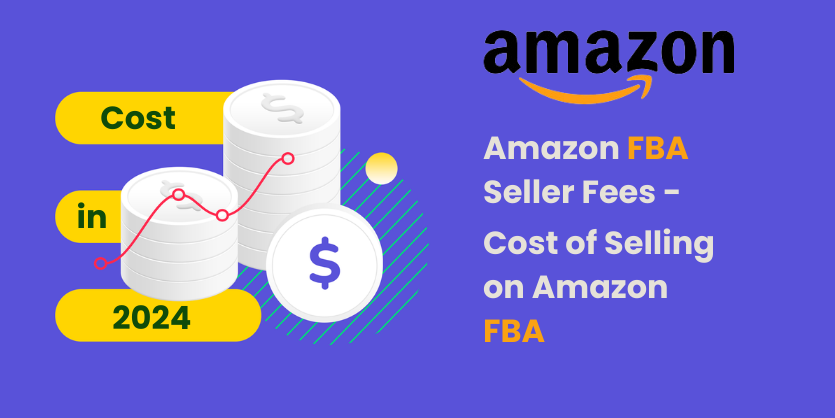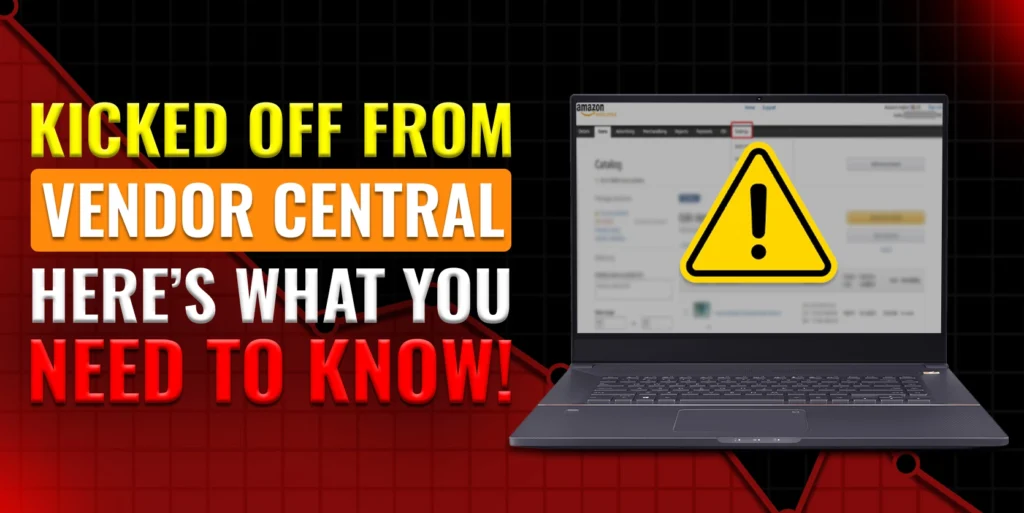Like selling on Amazon, the core concept of all businesses is to make profits. Profits come when your calculated expenses are lower than your selling price. So, before starting a business, you have to understand and acknowledge the business expenses. Amazon charges several fees from sellers as service charges, and to become a successful and sustainable seller on Amazon, you must have a deep understanding of these fees. If you’re an aspiring Amazon seller gearing up for success in 2024, well, hold onto your coffee mugs because there are some significant changes to Amazon FBA fees you need to know about! In this guide, we’ll break down all the crucial fees you’ll encounter as an Amazon FBA seller, ensuring you’re well-prepared to navigate the marketplace and maximize your profits.
Understanding Referral Fees: The Foundation of Selling on Amazon
Let’s start with the basics: referral fees. Think of these as your sales commission to Amazon. While typically set at a flat 15%, these fees can vary based on product categories. For instance, Amazon device accessories may incur a referral fee of up to 45%, while others range from 8% to 17%. It’s essential to note the minimum referral fee, typically 30 cents, ensuring you price your products strategically to maintain profitability.
Exciting Updates in 2024: Apparel Referral Fee Reductions
In 2024, Amazon introduced exciting updates to referral fees, particularly for apparel products priced below $20. Sellers can rejoice as referral fees for items under $15 decreased from 17% to 5%, and for products priced between $15 to $20, it’s down to 10%. Stay updated with these changes to optimize your pricing strategy and boost your bottom line.
Unlocking the Fulfillment Advantage: FBA Fees Demystified
As an FBA seller, you’re spared the hassle of shipping and handling, thanks to Amazon’s fulfillment services. However, there’s a cost attached – FBA fees. These fees, determined by your product’s weight and size, cover the picking, packing, and shipping processes. Stay informed about recent reductions in FBA fees for standard-sized and large bulky-sized products since April 15, 2024, to make informed decisions.
Storage Fees and Aged Inventory Surcharge: Managing Inventory Costs
Don’t overlook storage fees and aged inventory surcharges, essential costs for maintaining your products in Amazon’s warehouses. Stay vigilant about peak times, typically from October to January, when storage fees may increase. Additionally, plan for aged inventory surcharges, which escalate for products stored for extended periods, ensuring you optimize inventory turnover and minimize costs.
Navigating Seller Account Options: Subscription and Individual Fees
Choose between regular and premium seller accounts, each with its fee structure. Regular accounts incur a $0.99 per-item fee, while premium accounts require a monthly payment of $39.99. Evaluate your sales volume and needs to determine the most cost-effective option for your business.
Additional Fees: From Refund Administration to Low-Level Inventory Charges
Be prepared for miscellaneous fees like refund administration fees, low-level inventory charges, and FBA inbound placement service fees. While these fees may seem overwhelming, understanding and accounting for them ensures you maintain profitability and operational efficiency.
Conclusion
While the world of Amazon FBA fees may seem daunting, armed with knowledge, you can navigate these costs and pave the way for success. Remember, meticulous planning and strategic pricing are key to thriving in the competitive Amazon marketplace. So, put on your seller’s hat, crunch those numbers, and embark on your Amazon selling journey with confidence!
If you think this post has been helpful for you, please share this post with your friends and the e-commerce community. You can also check out our website www.ecomclips.com and get more updates! Keep browsing our blog to get more articles related to e-commerce. You can also mail us at info@ecomclips.com if you need any more help with Amazon.



